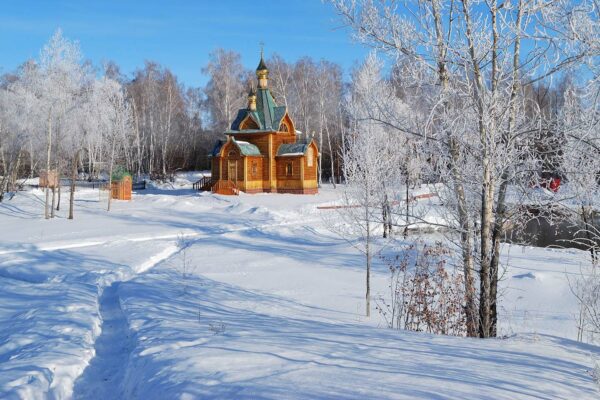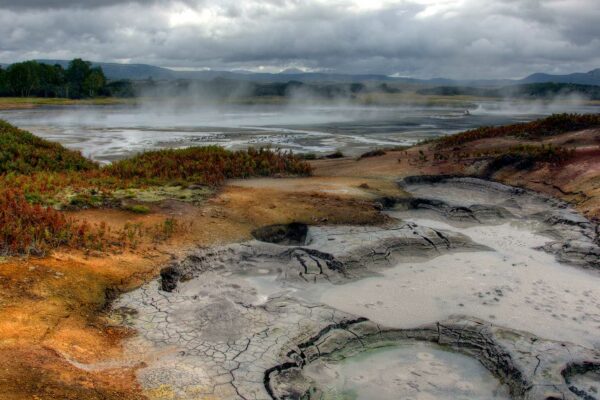
Kamchatka: Bears and the Ring of Fire
If you’re planning for spring, Kamchatka is most well-known for its large brown bears and whale watching.

An Online Magazine from the Asia Travel Experts at Remote Lands

If you’re planning for spring, Kamchatka is most well-known for its large brown bears and whale watching.

Adventure enthusiasts, get ready, because the Siberian capital of Yakutsk packs in more weather extremes than any other city in Asia.

In the frozen wastes of Siberia is Lake Baikal. Only the most hardened runners take on this marathon on ice, the challenge of a lifetime.

Lake Baikal is a Remote Lands favorite. For the adventure traveler, there’s nowhere better in the whole of Russia for dog-sledding, ice driving, and the culture of Siberia.

Next month South Siberia get a little bit whiter as the snows come to the frozen wastes. A route on two wheels and by rail from Tomsk and Tobolsk features lands of fairytale, literature, and architecture.

Baikal is the deepest and purest lake on the planet, a frozen sea in the heart of Siberia and an adventurer’s icy paradise of driving, helicopters, and dog sleds. From the Old Believers to the Buryat bone crushers, its shores and islands are sacred to those who call Baikal home.

Kamchatka is a mysterious destination in Russia’s Far East, located along the “Ring of Fire” and known for its more than 200 volcanoes and diverse wildlife.

After exploring the charming Siberian cities of Tomsk and Novosibirsk for a day apiece, I prepared to plunge deep into the Altai mountains, a majestic range that runs along the borders of Mongolia, China and Kazakhstan.

Here is a collection of our favorite natural sites from Siberia – one of the most expansive and sparsely-populated regions of our planet.